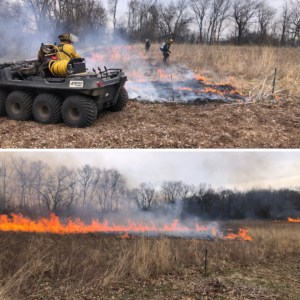
With the expertise of Plantwise, a prescribed burn is completed in a portion of the prairie at Legacy’s Johnson Preserve on 4/22/2022
If you visited the Johnson or Reichert Preserve recently, you may have been startled to see a charred and blacken landscape and wondered, “Was there a fire here?” And, the answer would be, “Yes!”
But it’s not the result of an ‘out of control forest fire’ that we usually see on the news. Despite the natural inclination to assume the worst, the fires or “prescribed burns” set at our preserves are intentional and are an important part of Legacy’s habitat restoration and management toolkit.
The natural communities that we burn have evolved to handle periodic fire and the native plants have adaptations such as thick bark or deep roots that help them survive. When prescribed burns are done carefully and correctly by professionals like our partners at Plantwise, each habitat bounces back with fresh growth because of the benefits. Fire kills back the heavy cover of invasive plants, but invigorates the soil. It makes a place for native plants to thrive and creates rich habitat for wildlife.
For the ultimate health and safety of the people and animals, prescribed burns are carefully planned and have to be completed under very specific wind and weather conditions. Burns are done in the early spring before nesting season has begun and the fire is kept small enough so that animals can escape. The burn season has a very small window and typically ends by the first of May. This year with less than stellar conditions in April, the two burns we had planned at Johnson and Reichert were in jeopardy but luckily, we squeezed them in within the final week of the season!
Johnson Preserve – This season we burned the last section of the prairie. Our main goals are to help native prairie plant species flourish, knock out herbaceous invasive plants and their seeds, and prevent succession from taking place. If we were to go without burning the prairie long-term, we would see invasive shrubs establish and trees would colonize the prairie and turn it into a woodland.
Reichert Preserve – The northern section of the Reichert property was burned in 2020 and the Lapham addition area was burned in 2021. The wetlands had not been burned since 2017, so they were our focus this year. Our main goal at Reichert was to kill off invasive shrubs, phragmites, and reed canary grass deep in the wetlands, but large fluctuations in the Portage River water levels due to the rainy spring impacted how far the fire carried. Even though the fire didn’t go as deep as we had hoped, it still had a positive impact.
Check out these photos from the day of and a couple of weeks later at each preserve. The habitats are already bouncing back with fresh plant growth! Stay tuned for more photos in the coming months to see how things are progressing.
- Reichert Preserve burn 4/30/2022
- Reichert Preserve two and a half weeks later 5/17/2022
- Johnson Preserve prairie burn 4/22/2022
- Johnson Preserve prairie two and a half weeks later – 5/11/2022
- Johnson Preserve prairie burn 4/22/2022
- Johnson Preserve prairie two and a half weeks later – 5/11/2022
- Johnson Preserve prairie burn 4/22/2022
- Johnson Preserve prairie two and a half weeks later – 5/11/2022

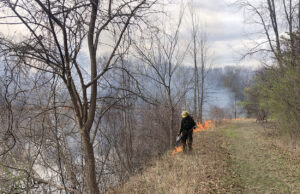
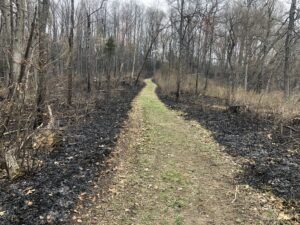
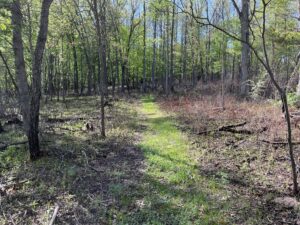
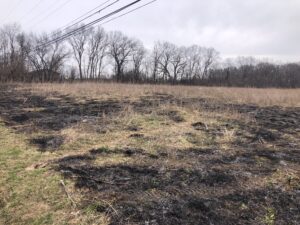
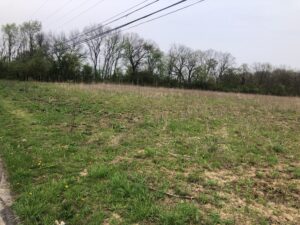
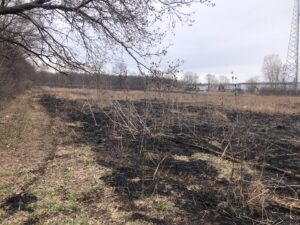
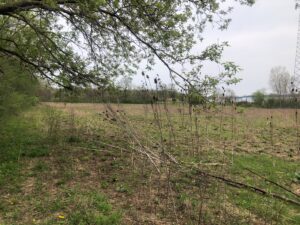

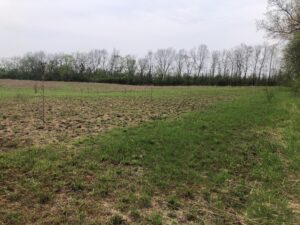
 RSS Feed
RSS Feed